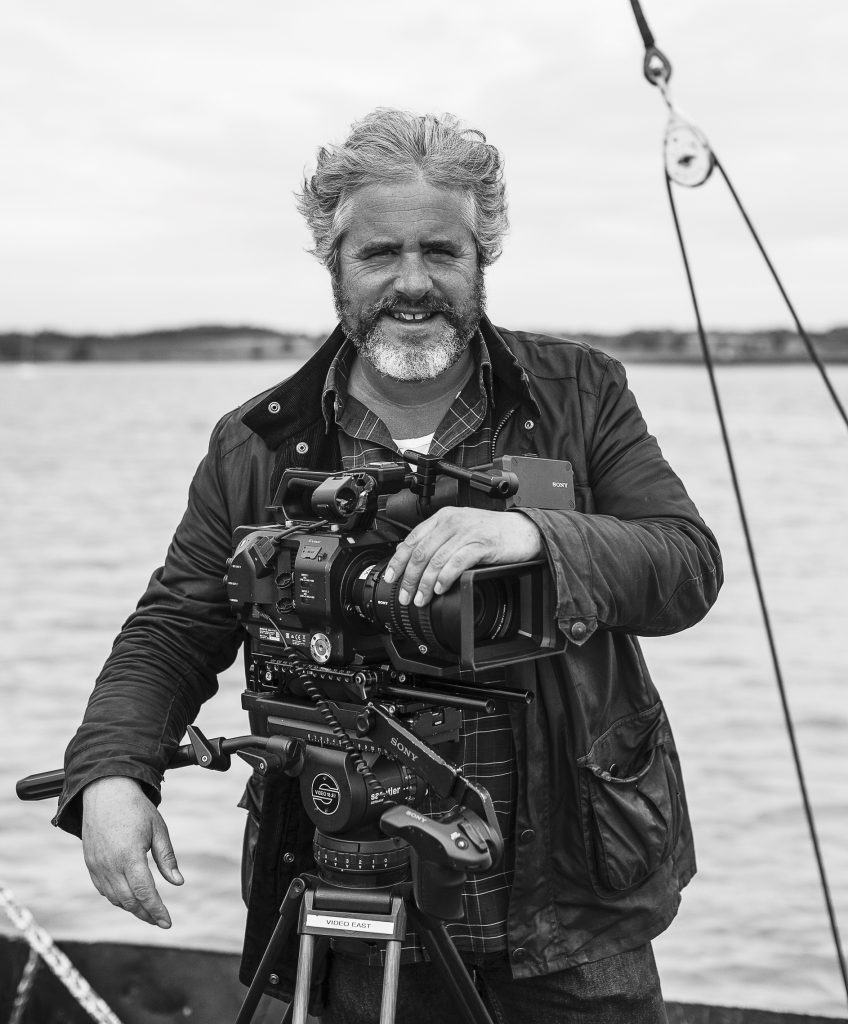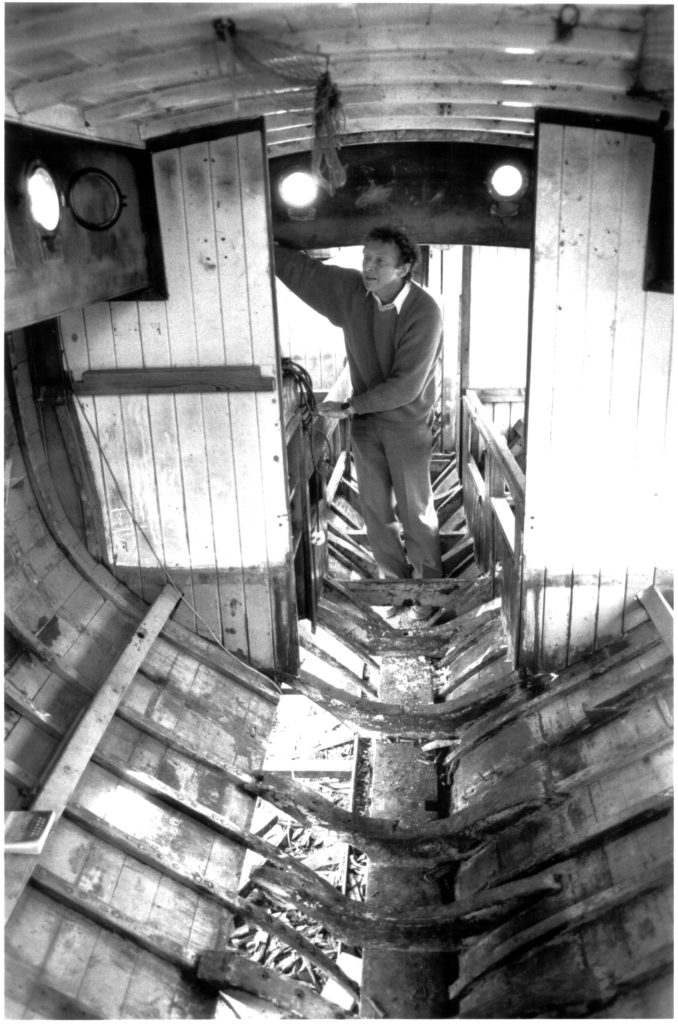By Ruth Leach
This is an extended version of Ruth Leach’s article ‘The Deben Bluetits Swim Group’, published on The Deben #68. It’s written in her capacity as co-founder of the Save the Deben campaign group and contains an update on water quality. This topic is scheduled for panel discussion at the River Deben Association’s forthcoming AGM, April 24th 2024.
During the recent pandemic our lives were deconstructed in so many ways, ‘free time’ – that precious commodity, was suddenly in abundance for many of us. People reconnected with their natural environment and for those fortunate enough to be near a blue space the love affair with nature soon flourished. Continue reading








